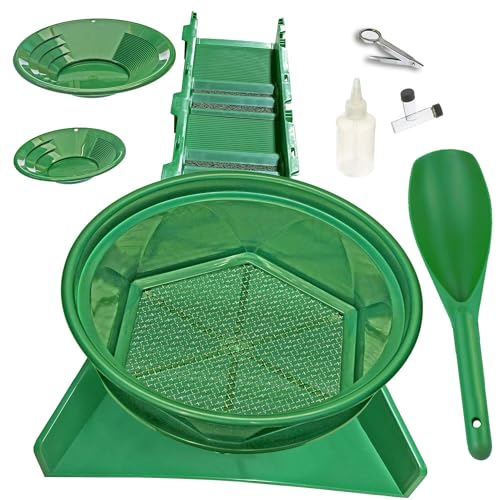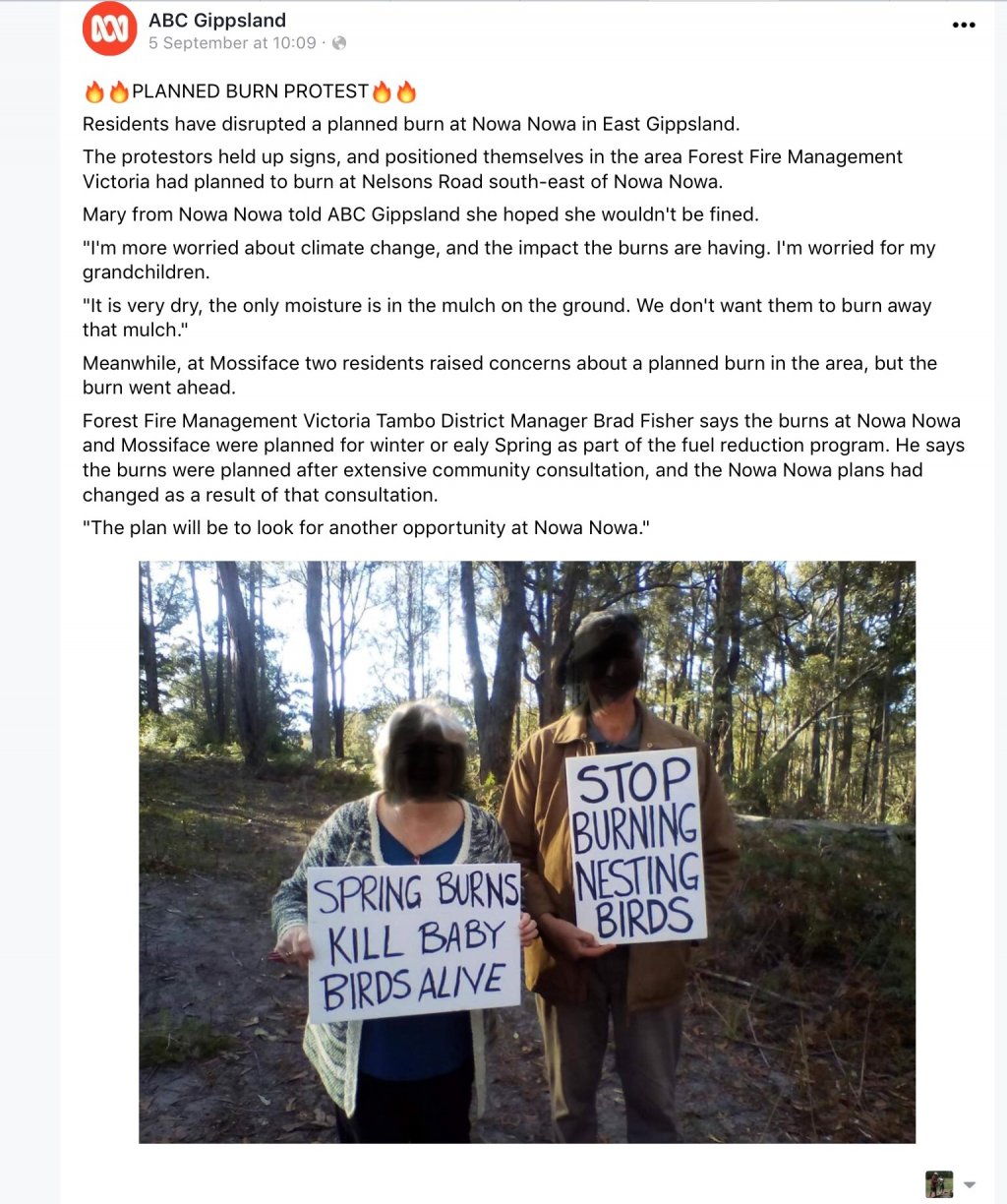- Joined
- Nov 24, 2013
- Messages
- 860
- Reaction score
- 1,580
There seems to be a very poor level of understanding among the Australian public about how to prepare , assess risk and survive bushfires . Can we do this better ?
For many decades there has been an almost iconic misconception that the true blue Aussie only has to stand on his roof wearing thongs and T-shirt and spray his garden hose around in order to save his home and survive a bushfire.
This is absolute crap.
There are many factors that can be applied to survive fires.
The first thing is to assess a few simple factors to decide if you stay or flee.
If the property is in a rural or bushfire prone area and is poorly prepared and has combustible material / rubbish built up around it then there is 0 % chance that anything a homeowner can do will give them any chance of survival and they should flee.
If a home doesnt have backup water tanks , engine driven water pump and heavy duty roof sprinklers then again there is close to a 0 % chance they can defend the average home and they should flee.
If the homeowner has made an effort to clear combustible materials such as rubbish around their home , removed dead foliage or long grass to a distance of at least 15 metres , removed dead leaves from guttering , installed leaf guards to cover the gutters ,installed water tanks , roof sprinklers , and a water pump that will still operate if the mains electricity goes down , closed windows and doors , removed flammable door mats , blocked gaps under doors with wet towels or rolled up Al-Foil , covered vent holes in walls and roof , covered vulnerable windows with stainless steel mesh to minimise ember risk and radiant heat transfer , entered roof spaces and removed bird nests in the ceilings and block off entry points where birds / embers can enter , remove and relocate LPG gas bottles from house supply points or barbecue areas , installed water tanks in a location protected from radiant heat , water pumps with an independent power source using either electric pump with redundant backup power ( battery powered or UPS) or diesel / petrol powered pump , commercial grade water sprinklers mounted on the roof , piped up with non flammable piping such as copper or steel and connected directly to the water source so the property owner can flick one tap or switch to operate the system , and have downpipe gate valves so they can close the downpipes quickly to retain a water filled state in the guttering , if they have enough water it will help to have further sprinklers to cover the lawns and gardens to a distance of at least 10 metres around the home.
If they do all the above they might have a 40 - 100 % chance of survival .
Homeowners can sometimes have less than 20 seconds to initiate their defence system , if it takes longer they could well be overrun by embers and flames and it will be too late.
The ideal situation is to have just one switch or tap to activate their entire home defence , if it requires 10 minutes to activate then they are 9.5 minutes too late , canopy or scrub fires can travel 100 metres in as little as 15 - 20 seconds and embers can travel up to 15 km in low humidity and high wind conditions.
When assessing survivability people must identify if there are large numbers of trees within 30 - 40 metres of the home , if canopy fires come that close the radiant heat can reach 1500 Celsius which again can mean 0 % survivability , grass fires or fires through small masses of vegetation can be managed where survivability is possible. Human lungs cant withstand more than around 60 Celsius of inhaled air without even factoring in toxic components in the air.
Many homeowners have purchased their own small fire fighting pumps however at best these might spray water up to 15 - 20 metres from the nozzle , this will never be enough to defend against canopy fires due to radiant heat , at best they can only defend ember attacks and spot fires around the home but few people understand this.
if people use petrol powered water pumps these obviously have a risk of combustion but this can be mitigated by various types of wetted or insulated coverings , temperatures above 65 degrees can also cause vapourlocks in petrol pumps too which will cause them to cease working.
With our bushfire history we have been embarrassingly slow to adapt to realities in this area.
We must also learn to design and build homes with better materials science and design criteria to comply with or exceed BAL-40 bushfire rating.
It is possible to build homes which are 100 % safe even in close proximity to the bush.
For many decades there has been an almost iconic misconception that the true blue Aussie only has to stand on his roof wearing thongs and T-shirt and spray his garden hose around in order to save his home and survive a bushfire.
This is absolute crap.
There are many factors that can be applied to survive fires.
The first thing is to assess a few simple factors to decide if you stay or flee.
If the property is in a rural or bushfire prone area and is poorly prepared and has combustible material / rubbish built up around it then there is 0 % chance that anything a homeowner can do will give them any chance of survival and they should flee.
If a home doesnt have backup water tanks , engine driven water pump and heavy duty roof sprinklers then again there is close to a 0 % chance they can defend the average home and they should flee.
If the homeowner has made an effort to clear combustible materials such as rubbish around their home , removed dead foliage or long grass to a distance of at least 15 metres , removed dead leaves from guttering , installed leaf guards to cover the gutters ,installed water tanks , roof sprinklers , and a water pump that will still operate if the mains electricity goes down , closed windows and doors , removed flammable door mats , blocked gaps under doors with wet towels or rolled up Al-Foil , covered vent holes in walls and roof , covered vulnerable windows with stainless steel mesh to minimise ember risk and radiant heat transfer , entered roof spaces and removed bird nests in the ceilings and block off entry points where birds / embers can enter , remove and relocate LPG gas bottles from house supply points or barbecue areas , installed water tanks in a location protected from radiant heat , water pumps with an independent power source using either electric pump with redundant backup power ( battery powered or UPS) or diesel / petrol powered pump , commercial grade water sprinklers mounted on the roof , piped up with non flammable piping such as copper or steel and connected directly to the water source so the property owner can flick one tap or switch to operate the system , and have downpipe gate valves so they can close the downpipes quickly to retain a water filled state in the guttering , if they have enough water it will help to have further sprinklers to cover the lawns and gardens to a distance of at least 10 metres around the home.
If they do all the above they might have a 40 - 100 % chance of survival .
Homeowners can sometimes have less than 20 seconds to initiate their defence system , if it takes longer they could well be overrun by embers and flames and it will be too late.
The ideal situation is to have just one switch or tap to activate their entire home defence , if it requires 10 minutes to activate then they are 9.5 minutes too late , canopy or scrub fires can travel 100 metres in as little as 15 - 20 seconds and embers can travel up to 15 km in low humidity and high wind conditions.
When assessing survivability people must identify if there are large numbers of trees within 30 - 40 metres of the home , if canopy fires come that close the radiant heat can reach 1500 Celsius which again can mean 0 % survivability , grass fires or fires through small masses of vegetation can be managed where survivability is possible. Human lungs cant withstand more than around 60 Celsius of inhaled air without even factoring in toxic components in the air.
Many homeowners have purchased their own small fire fighting pumps however at best these might spray water up to 15 - 20 metres from the nozzle , this will never be enough to defend against canopy fires due to radiant heat , at best they can only defend ember attacks and spot fires around the home but few people understand this.
if people use petrol powered water pumps these obviously have a risk of combustion but this can be mitigated by various types of wetted or insulated coverings , temperatures above 65 degrees can also cause vapourlocks in petrol pumps too which will cause them to cease working.
With our bushfire history we have been embarrassingly slow to adapt to realities in this area.
We must also learn to design and build homes with better materials science and design criteria to comply with or exceed BAL-40 bushfire rating.
It is possible to build homes which are 100 % safe even in close proximity to the bush.

















































